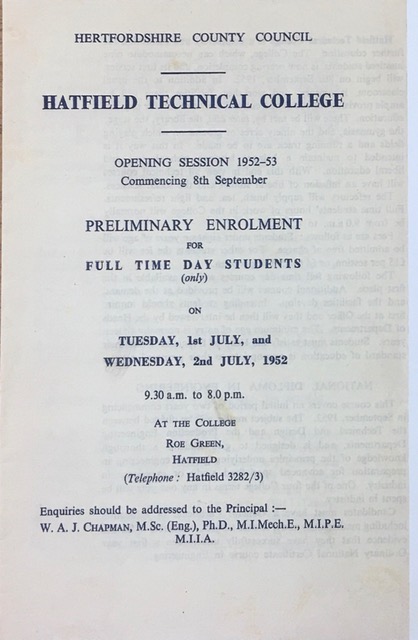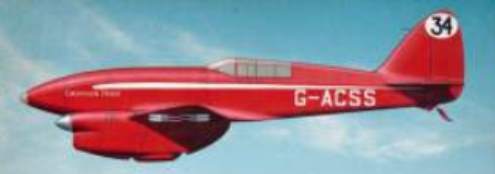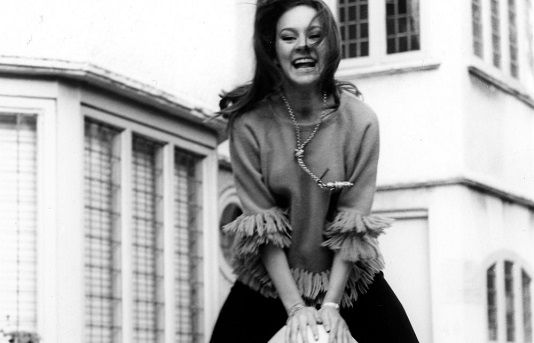The Heritage of the University
The University of Hertfordshire has a well established history as a centre for education and training in the county. This page will outline its history and heritage.

Text by our research assistant, Liz Currie:
Seven boxes and crates of UH archive material were an unknown quantity when they first arrived in the UH history offices in late 2022. It was important to examine and record their contents before they were stored away in the library archive, so visiting researcher, Liz Currie, did just that in February and March 2023. The contents fell into two broad categories.
Two crates were full of impressive-looking original, large ledgers filled with detailed typed and handwritten records of every named engineering department student from Hatfield Technical College (HTC) and Hatfield Polytechnic’s (HP) grades by module and by semester, dating from between 1963 and 1994.
The remaining 5 boxes were full of folders of documents and correspondence detailing the history of UH’s computer studies department, mainly from the time UH was Hatfield technical college in 1952-1969 and Hatfield Polytechnic 1969-1992. These documents had been researched and collated by Gordon Brand, who joined Hatfield College of Technology in 1966 as a programmer in the computer unit and retired in 1996 as the director of its computer centre, for his book The Early Years of Computer Science at the University of Hertfordshire: The Making of a Reputation. It was finally published in 2017 after being completed by his colleagues Gordon Bull and Mark Jenkin, after his sad death in 2013.
The files contain Gordon’s meticulous records and copies of his research, which include: original prospectuses of the computer studies department; copies of decades-worth of meeting minutes showing the evolution of the course development; emailed memories from early students and staff; many photos and copies of articles about HAT and HPs computer studies journey.
Apart from seeing fascinating contemporary photos of academic life in the computer centre in the 1960-1980s, it was so interesting to look back over the changes in graphic design of original brochures and prospectuses over time. One key item of interest was a 2008 hand signed and personal reply to Gordon’s research enquiries from Labour Party politician, Tony Benn, who alluded to his 1969 trip to Moscow during the time period into which Gordon was researching! Another was the evidence of the start of a potential computer conspiracy theory “spat” between newspaper journalists and computer manufacturers with 1960s newspaper cuttings headline “Electronic Brains Taking Over” criticized for damaging UK computer sales! Another newspaper clipping features the opening of the HAT computer centre with the college’s then leading-edge appointment of a women, Dorothy Nelson, as its first director in 1965!
These records are of course mainly of interest to those looking at the history of computer studies of the 1960-1980s but also contain items of interest for those studying the history of UH in general, and for those looking into historic fashions in graphic design.


